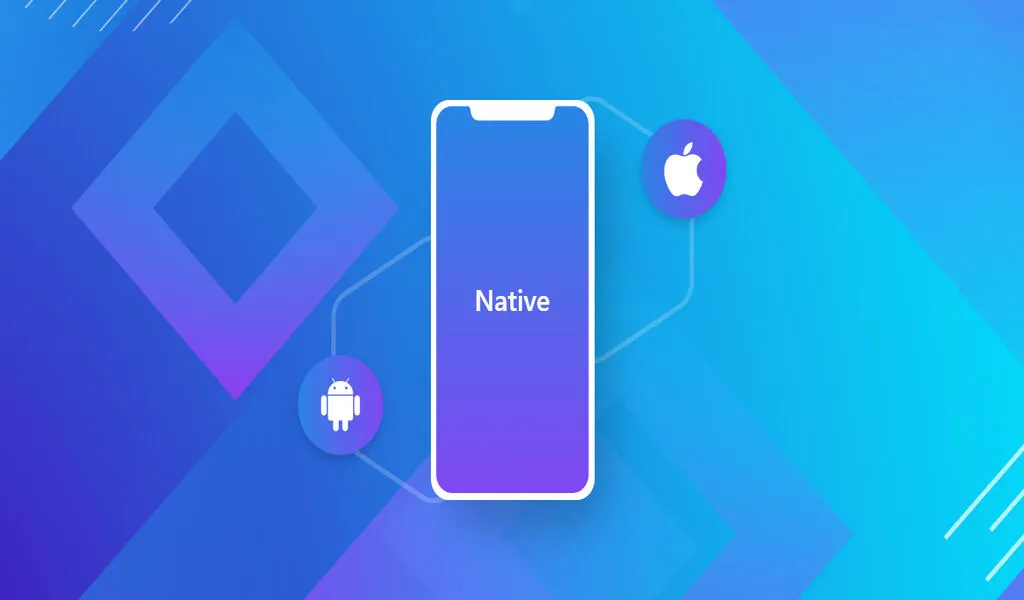Tech
React Native App Performance 6 Tips

(CTN News) – It should be a smooth experience to use a native app. You need to optimize your React Native apps so they work well and are easy to use. To create a top-performing app, you must write clean, efficient code.
React Native app performance tips and techniques.
1. Use the Memo Hook to reduce unnecessary re-renders
Using the Virtual DOM (VDOM), React Native renders components. Whenever VDOM deems it necessary, it re-renders the entire view hierarchy. Updates to the component’s state and properties are expensive.
Using the useMemo and useCallback hooks in React solves this problem. To avoid recalculating JavaScript values on every render, use the useMemo hook.
Similar to useMemo, useCallback memorizes a callback function rather than a value. You can use this to avoid unnecessary re-rendering of child components triggered by callback functions.
2. State data handling
Unexpected behavior can occur due to poor state management, leading to data inconsistencies. Keeping unnecessary data in the state can slow down the application and make debugging more difficult. The state of the component must be absolutely necessary to render it.
Object.assign() and spread operators are effective ways of updating state.
The SetState hook is used to update the state in this example. Still, it uses the Object.assign() method rather than directly modifying the state object. As soon as the state is updated, React’s virtual DOM re-renders the component.
Use Redux and the built-in context API to implement this technique.
3. Monitor performance
Performance monitoring systems (PMS) measure and analyze the performance of native apps. Users can monitor real-time, get crash reports, monitor network performance, and replay user sessions. Identifying performance bottlenecks in your React Native app will help you scale and fix them.
PMC tools are listed here.
-
Debug and inspect React Native apps with the React Native Debugger. In addition, it has a performance monitor.
-
It measures the time it takes for each component to render using React Native Profiler.
-
Performance monitor on Flipper helps you identify and fix performance issues in mobile apps.
-
Monitor your app’s performance on different devices and platforms with Firebase Performance Monitoring.
4. Console.logs removed
JavaScript sends a message to the console when console.log runs. JS takes time to process and display the message.
Your code will run slowly if you use too many console statements. Apps that run on low-end mobile devices may suffer from this issue.
5. Navigate efficiently.
React Native apps with robust navigation systems are easier to maintain, update features, and pass state data around. The user experience is also improved by making switching between multiple displays easier.
You should consider factors such as navigation patterns (tabs, stacks, drawers, etc.). Think about how you will pass state data between screens.
A navigation system that caches is reliable. Caching allows you to save and restore the state of a screen or component when the user leaves it. You’ll need to re-render less often and load less data.
Several navigation libraries are available in React Native, such as React Navigation. These navigation patterns can be implemented in your app using them.
6. Coding Splitting and Lazy Loading
App size affects aspects of the user experience, such as initial load time, memory use, and storage space.
Performance and code splitting can improve your React Native app.
It reduces the initial load time of the app by breaking up a large JavaScript code base into smaller, more manageable “bundles.”
A lazy loading technique loads components as the user navigates to them rather than at startup. Performance can be improved by reducing memory usage.
Performance optimization
Performance is crucial. Low engagement and retention can result from a slow app.
To ensure your app’s users have an enjoyable experience, use these tricks.
SEE ALSO:
Launch Of Motorola G12, G23, And E13, Starting At €120






























